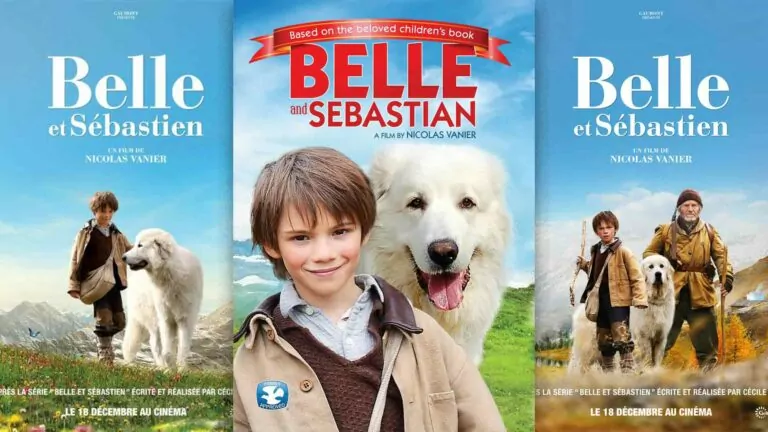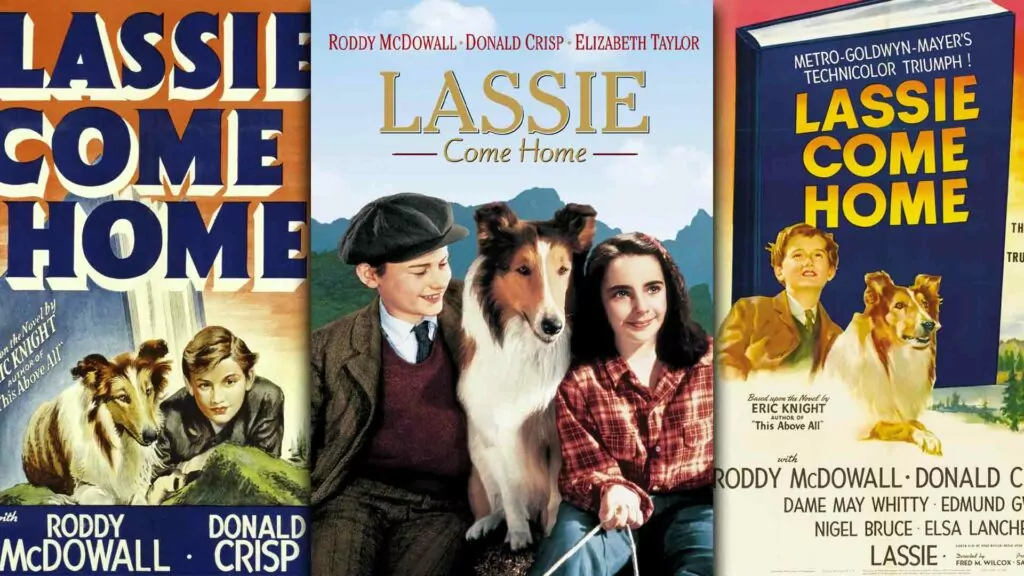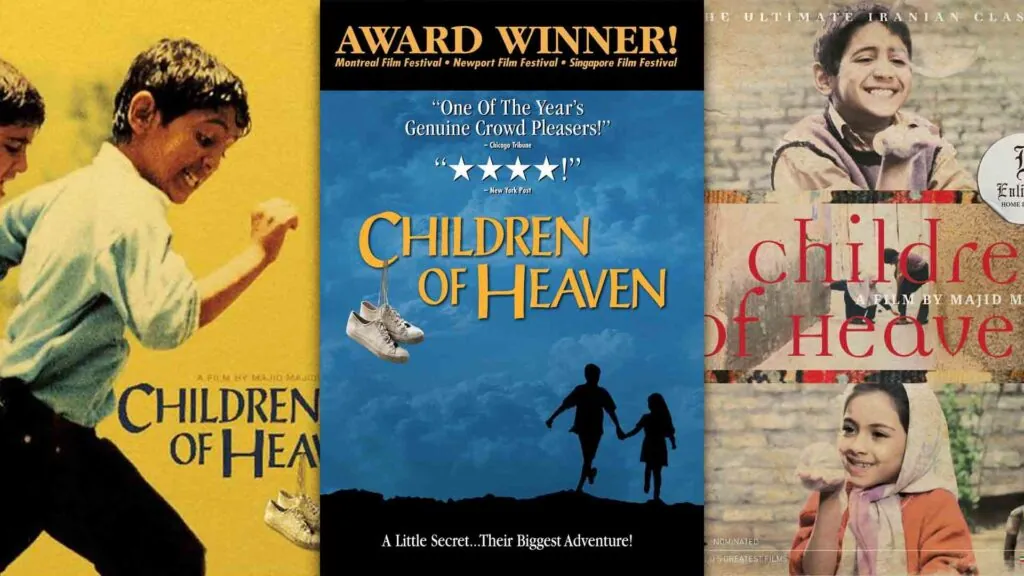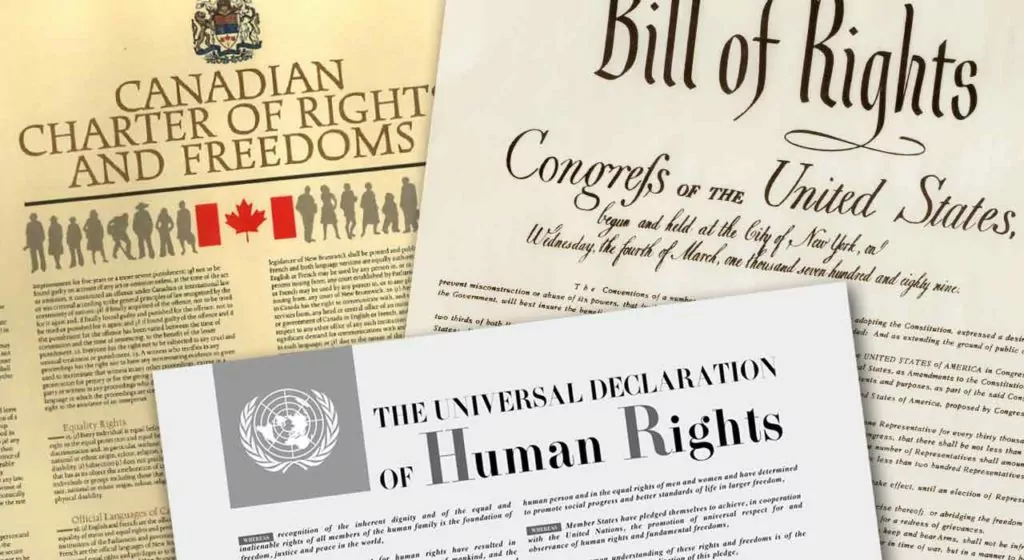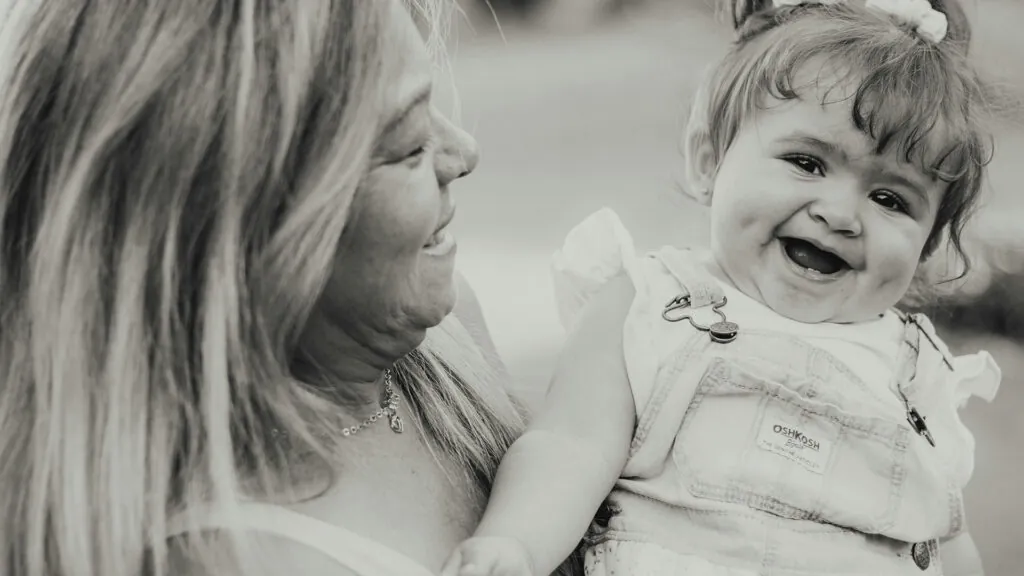Drama
2013 / 99 minutes
Rating: 8/10
In the middle of World War II, Sebastian, a seven-year-old orphan, lives with a grandfather figure, César, high in the French Alps. There are two enemies they have to contend with – “the Beast,” a wild dog who is killing sheep, and the Nazis, who are are also taking what they will from the farmers. The Nazis are also trying to stop the flow of Jews escaping through the nearby mountain passes that lead into Switzerland.
Sebastian is largely left to wander around on his own during the days – César doesn’t making him go to school. During his wandering the boy learns more than the adults suspect. He knows about the refugees. And he knows something no one else does: the “Beast” isn’t a wild dog at all. Maybe something is killing the sheep, but the giant dog he met is friendly, and would never think about eating sheep. Sebastian cleans the gray dog up, turning her white, and names her Belle.
This being a dog drama, Belle is not beloved as quickly by the rest of the town, or by César, who still think her a sheep-killer. But she wins them over, one by one, by coming to their aid, against wolves, and against the Nazis.
Cautions
Sebastian doesn’t tell César about Belle at first, and young viewers should be told that they shouldn’t keep secrets from their parents (or, parent-figure, in this case).
One oddity: as he is being put to bed, Sébastien asks an adult sister-figure, Angélina, whether she licks her boyfriend’s ears, because he’s heard that’s what “real lovers” do. It is a passing question, quickly swatted away with a smile that is meant to show Sebastian is indeed a seven-year-old boy, yet to develop any filters between what’s in his brain and what comes out of his mouth.
When it comes to language, the English dub seems to be problem-free, but if you watch it in the original French, bastard and ass come up in the English captioning, though that’s pretty much it.
There’s lots of guns, but only a little violence. A sheep gets killed right at the start, and later on Sebastian gets saved from a Nazi soldier when Belle jumps in and bites the German. A smidge of blood is shown. The most frightening scene is when Belle gets shot. It might be unexpected for younger viewers, which will make it all the more shocking, though you can offer reassurances that Belle will recover.
Finally, adults will realize that César’s family and friends think he drinks too much (and they are right), but I don’t know that kids will even notice.
Conclusion
This is a much loved story that has been retold again and again. It started as a French TV live-action series in 1965, became a popular French children’s novel in 1966, spawned a Japanese anime adaption in the 1980s, before being adapted for the silver screen in this version. And it has returned to TV since, in a French-Canadian production in 2017.
Though it is not a true story, it is true that Jews escaped through the Pyrenees mountain passes, and were helped by the locals, who were risking their own lives in offering aid. So this is a fun one from a historical perspective.
Titled Belle et Sébastien in the original French, its foreign origin gives it a slightly different rhythm and style that brings with it a novel appeal. Wide, lingering shots of the snowy mountain tops and valleys, and frequent quiet conversations give this an overall calm feel, but it isn’t too much so – there are still Nazis to contend with and wolves to chase away. That said, it might be too calm for littles used to non-stop frenetic action. And the scary scenes will be a bit much for under 9 too.
The English-dubbed version is more readily available, but if you don’t mind reading captions, try to find the original French edition, Belle et Sébastien. I think hearing the actors’ own voices will draws you further in, or, at least, it did so for me (though there are a couple few words – see cautions above). And the French version seems to be about 5 minutes longer, though I didn’t notice any additions.
Overall, a great family film for 9 and up, so long as your littles are up for a few short frightening scenes.







